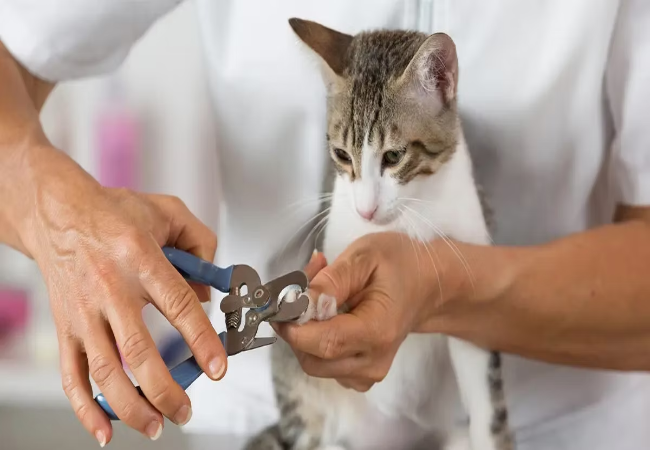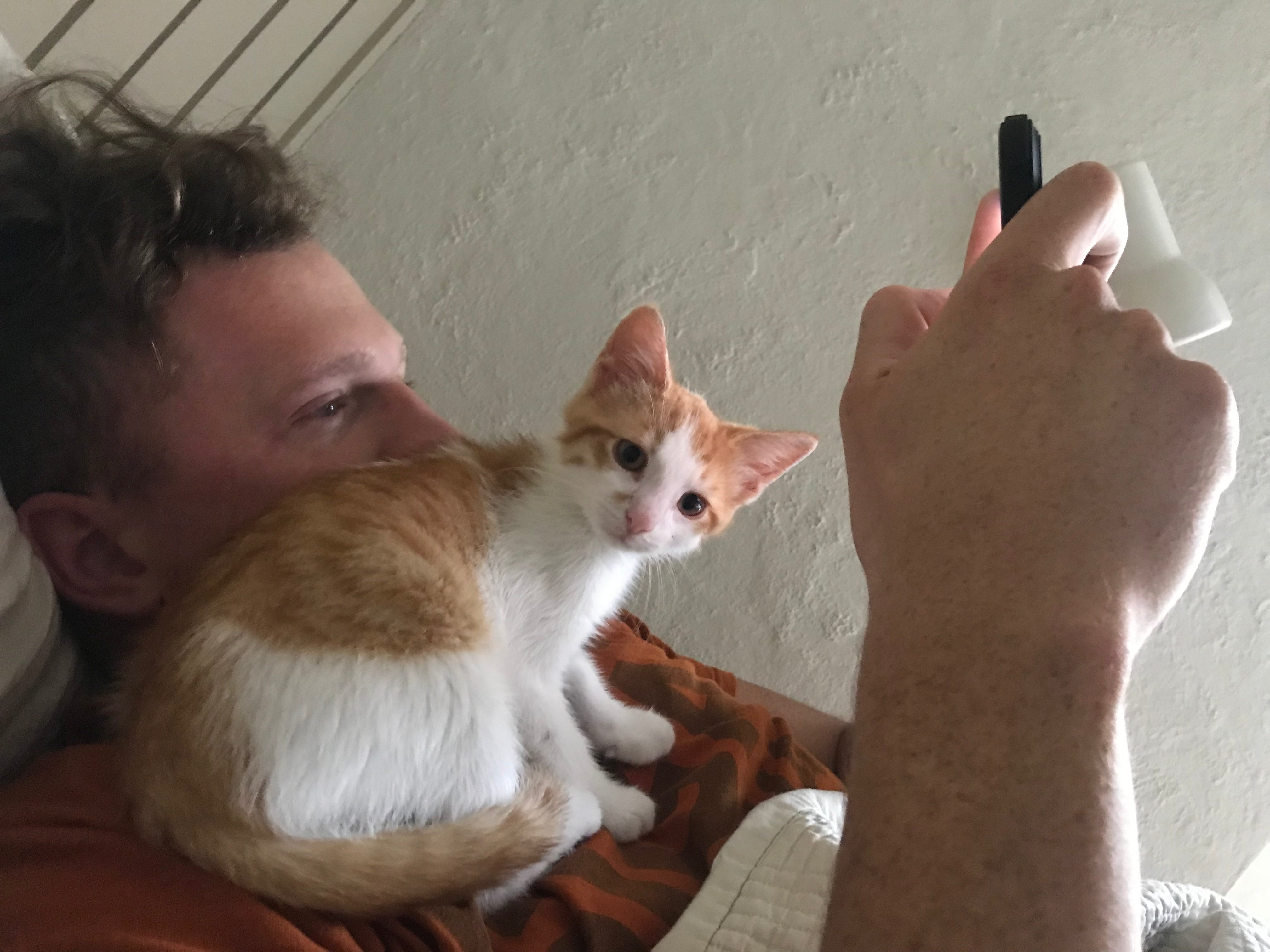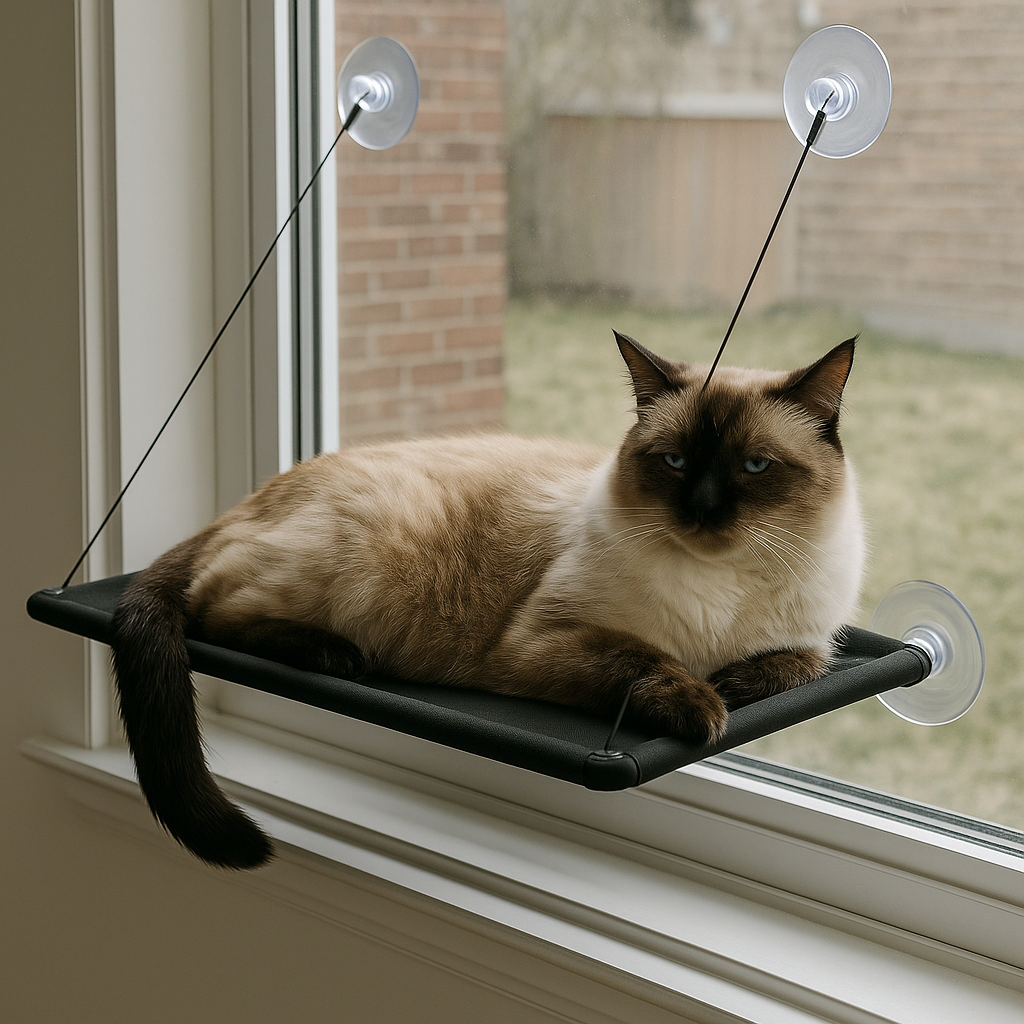How to Safely Clip Your Cat’s Nails: Step by Step 2025 Guide 🐾

In this article
How to Safely Clip Your Cat’s Nails: Step by Step 2025 Guide 🐾
By Dr. Duncan Houston BVSc
Clipping a cat’s nails can feel intimidating, especially if your cat isn’t used to having their paws handled. However, with patience, gentleness, and positive reinforcement, it can become a stress-free part of your cat’s grooming routine. Regular nail trimming helps prevent scratches on furniture—and people—and keeps your cat comfortable and healthy.
🔹 What You’ll Need
1. Pet Nail Clippers:
Choose clippers that are comfortable for you to handle. Scissor-style or guillotine-style clippers work well for most cats. Make sure they are sharp to avoid crushing the nail.
2. Nail File or Filer:
A gentle pet nail file can smooth out any sharp edges after clipping, preventing accidental scratches.
3. Pet-Friendly Dremel Tool (Optional):
This rotary tool gently grinds down the nail instead of cutting it. Some cats take time to adjust to the sound and sensation, but it can be safer for cats with dark nails where the quick is hard to see.
4. Treats:
Use your cat’s favorite treats to reward calm behavior and create a positive association with nail clipping.
5. Soft Towel or Blanket:
This can help gently restrain your cat if necessary, keeping both you and your cat safe.
🔹 Step-by-Step Nail Clipping
1. Create a Calm Environment
Choose a quiet, comfortable space. Sit on the floor or a soft surface. Trim nails when your cat is naturally calm, such as after a meal or play session.
2. Familiarize Your Cat with the Tools
Allow your cat to sniff and explore the clippers, file, or Dremel tool. You can gently touch the tools to their paws so they become accustomed to the sensation.
3. Handle Your Cat’s Paws
Massage your cat’s paws to make them comfortable with being touched. Extend each nail by pressing your thumb on the pad and your forefinger on top of the paw.
4. Identify the Quick
The quick is the pink part inside the nail containing nerves and blood vessels. Avoid cutting it to prevent pain and bleeding. For dark nails, trim only the tip to stay safe.
5. Start Clipping
Position the clipper around the tip of the nail, well away from the quick, and trim carefully. If using a Dremel, gently grind the tip. Keep movements slow and steady, speaking softly to reassure your cat.
6. Use Positive Reinforcement
After trimming each nail, reward your cat with praise and a treat. This helps them associate nail trimming with a positive experience.
7. File if Necessary
Smooth any sharp edges with a nail file to prevent scratches.
8. Take Breaks
If your cat becomes anxious, pause and continue later. It’s better to trim a few nails calmly than to rush and stress your cat.
9. Restrain Only if Necessary
For particularly squirmy cats, wrap them loosely in a towel, leaving only the head and one paw exposed. This should be a last resort—your goal is a calm, stress-free experience.
🔹 Tips for Success
-
Consistency is key: Regular trimming helps your cat become accustomed to the process.
-
Stay calm: Cats pick up on your energy, so remain patient and gentle.
-
Learn to recognize stress signals: If your cat’s ears flatten, tail flicks, or they vocalize in distress, give them a break.
-
Practice makes perfect: Even clipping one paw at a time is progress.
✅ Conclusion
Clipping your cat’s nails doesn’t have to be a stressful ordeal. With the right tools, a calm environment, and positive reinforcement, it can become a routine part of your cat’s grooming regimen. Over time, your cat will learn to tolerate—and even enjoy—the attention, keeping their paws healthy and your home scratch-free.








